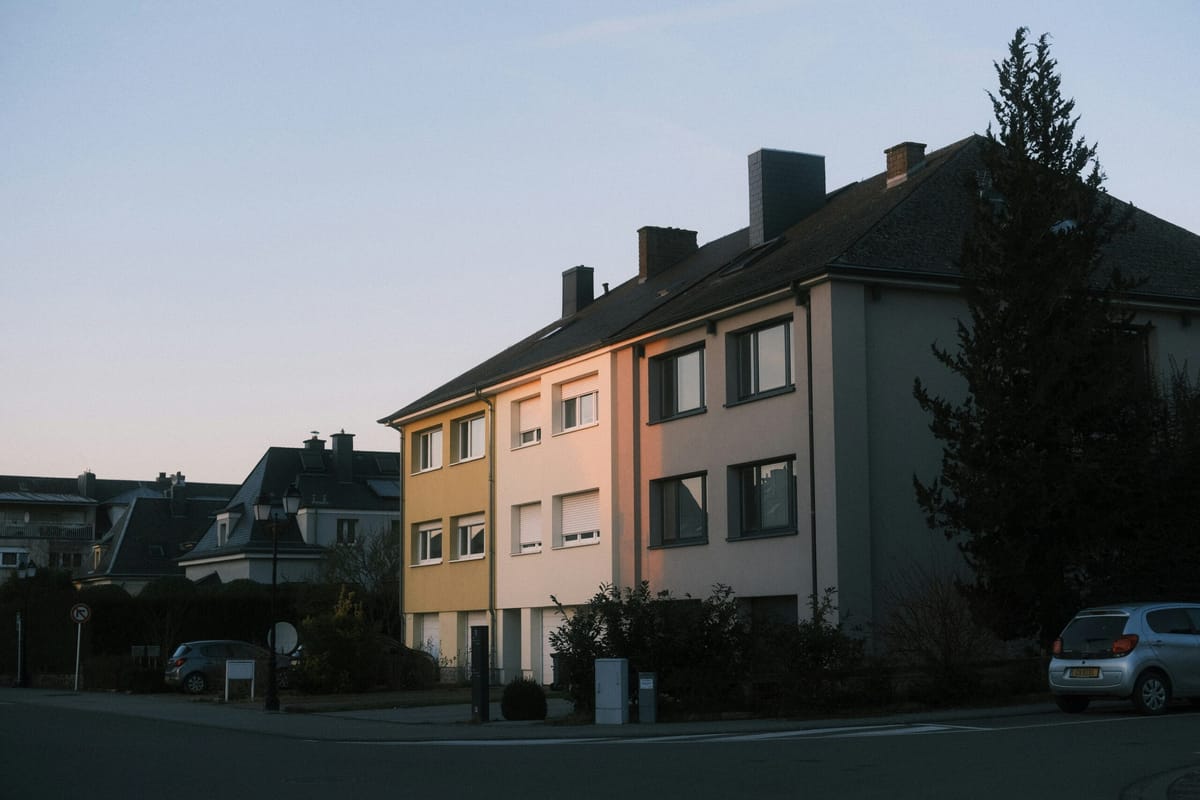Swiss Real Estate Market: The Impact of Falling Interest Rates and the Buy vs. Rent Decision
The Swiss real estate market in early 2025 presents an intriguing landscape for potential homebuyers, shaped by falling interest rates and evolving economic conditions. After years of stability and high prices, the market is showing signs of transformation that merit careful consideration by both in

The Swiss real estate market in early 2025 presents an intriguing landscape for potential homebuyers, shaped by falling interest rates and evolving economic conditions. After years of stability and high prices, the market is showing signs of transformation that merit careful consideration by both investors and those seeking a primary residence.
Current Economic Indicators
Switzerland's economy continues to demonstrate remarkable resilience amid global economic fluctuations. As of March 2025, key economic indicators show:
- GDP Growth: Steady at 1.8% year-over-year, outperforming several European neighbors
- Inflation Rate: Moderate at 1.2%, well within the Swiss National Bank's target range
- Unemployment: Remains low at 2.3%, reflecting Switzerland's traditionally stable job market
- CHF Exchange Rate: The Swiss Franc maintains its status as a safe-haven currency, currently trading at approximately 0.92 against the euro and 0.89 against the US dollar
- Consumer Confidence: Showing improvement from the previous year, with the index rising to 104.2
These indicators collectively paint a picture of economic stability, which generally provides a solid foundation for real estate market activity.
The Interest Rate Shift
Perhaps the most significant development in the Swiss real estate landscape is the recent downturn in interest rates. After a period of higher rates in 2023-2024, the Swiss National Bank (SNB) has implemented several rate cuts in response to cooling inflation and strengthening economic indicators.
Current Mortgage Rate Environment
- Fixed-rate mortgages (5-year): Decreased from 2.7% to approximately 1.9%
- Fixed-rate mortgages (10-year): Down to 2.1% from 3.0% a year ago
- SARON (Swiss Average Rate Overnight) mortgages: Currently averaging around 1.5%, down from 2.4%
This downward trend in interest rates has immediate implications for the affordability of property ownership. On a standard CHF 800,000 mortgage, today's rates could translate to annual savings of CHF 6,400-8,000 compared to rates from just 12-18 months ago—a substantial difference that significantly affects the buy versus rent calculation.
The Buying Opportunity
The falling interest rate environment creates several advantages for potential homebuyers:
Enhanced Affordability
Lower mortgage rates directly translate to reduced monthly payments, effectively increasing purchasing power. A property that might have been unaffordable at higher interest rates could now fall within budget parameters for many households.
For example, on a CHF 1 million property with a 20% down payment and an 80% mortgage (CHF 800,000):
- At 3.0%: Monthly payment ≈ CHF 3,370
- At 1.9%: Monthly payment ≈ CHF 2,790
- Monthly savings: CHF 580 (equivalent to CHF 6,960 annually)
Favorable Buy vs. Rent Comparison
The rent-to-price ratio—a key metric for evaluating whether to buy or rent—has become more favorable in many Swiss regions. With rental prices continuing to climb in urban centers like Zurich, Geneva, and Basel (averaging 2.8% increase year-over-year), the case for buying strengthens.
In Zurich, where a typical three-bedroom apartment rents for approximately CHF 3,200-3,800 per month, the total annual cost of renting (CHF 38,400-45,600) increasingly exceeds the costs of ownership when factoring in current mortgage rates, even after accounting for maintenance costs and property taxes.
Wealth Building Potential
In the Swiss context, property ownership represents not just a housing solution but a wealth-building strategy:
- Principal Reduction: Each mortgage payment builds equity
- Tax Advantages: Mortgage interest remains tax-deductible in Switzerland
- Potential Appreciation: Despite the maturity of the Swiss market, property values have shown resilience and long-term growth, particularly in sought-after locations
Regional Market Variations
The Swiss real estate market exhibits significant regional differences worth noting:
Urban Centers (Zurich, Geneva, Basel)
- Continued high demand with limited supply
- Price stabilization rather than major drops, with premium properties still commanding high prices
- Current price per square meter in Zurich: CHF 13,000-17,000
- Current price per square meter in Geneva: CHF 14,000-18,000
Suburban Areas
- Increasing attractiveness due to hybrid work arrangements
- Stronger price competitiveness compared to city centers
- Better value in terms of space and amenities
- Current price per square meter: CHF 8,000-12,000 depending on proximity to major cities
Rural and Mountain Regions
- More affordable opportunities, with some areas seeing price per square meter as low as CHF 5,000-7,000
- Seasonal demand in tourist destinations creating investment opportunities
- Infrastructure improvements making some formerly remote areas more accessible
Challenges and Considerations
Despite favorable interest rates, several factors warrant careful consideration:
Stringent Lending Standards
Swiss banks maintain strict lending criteria:
- Minimum 20% down payment (with at least 10% from non-pension funds)
- Affordability calculation based on imputed interest rate of 4.5-5% (regardless of actual rate)
- Housing costs (mortgage, maintenance, ancillary costs) should not exceed 33% of gross income
Property Scarcity
Switzerland's limited buildable land and strict zoning regulations maintain supply constraints, particularly in desirable locations. This structural feature of the market helps protect against significant price decreases but also limits options for buyers.
Long-term Interest Rate Risk
While rates are currently favorable, buyers should consider their exposure to potential future rate increases, especially those opting for variable-rate or shorter-term fixed-rate mortgages.
The Case for Renting
Despite the current advantages of buying, renting remains a rational choice for certain individuals:
- Short-term residents: Those not planning to stay in Switzerland beyond 5 years
- Career mobility: Professionals requiring flexibility to relocate
- Lower initial capital requirements: No need for substantial down payment
- Maintenance simplicity: No responsibility for property upkeep and repairs
Outlook and Forecast
Looking ahead through 2025-2026, several trends appear likely to shape the Swiss real estate market:
- Continued low interest rates: The SNB is expected to maintain its accommodative monetary policy through at least mid-2026
- Modest price appreciation: 2-4% annual growth in property values in most regions
- Increased suburban development: Growing demand for properties outside major city centers
- Sustainability premium: Energy-efficient properties commanding higher prices and better financing terms
- Digital transformation: Increased adoption of proptech solutions streamlining the buying process
Conclusion
The current Swiss real estate market presents a compelling opportunity for potential homebuyers, with falling interest rates significantly improving the economics of ownership versus renting. While Switzerland's property market has always been characterized by high prices, the current interest rate environment creates a potentially advantageous entry point.
However, prospective buyers should carefully evaluate their personal circumstances, financial capacity, and long-term plans before making a decision. The traditional Swiss emphasis on financial prudence remains relevant even in today's more favorable interest rate climate.
For those with stable employment, sufficient capital, and plans to remain in Switzerland long-term, the current market conditions may represent an ideal time to transition from renting to owning, leveraging lower interest rates to build equity in a historically stable asset class.





